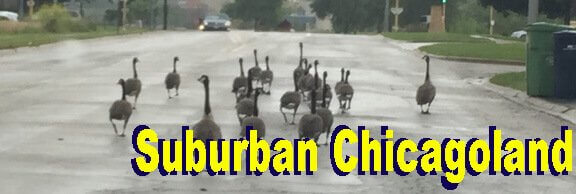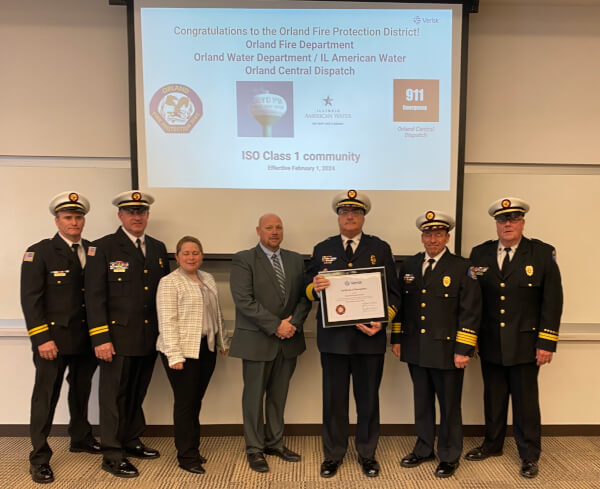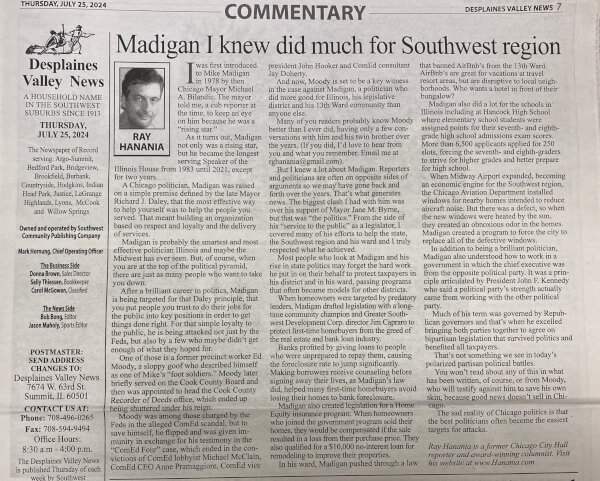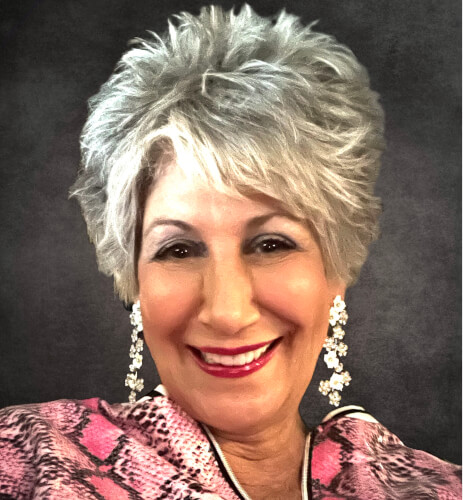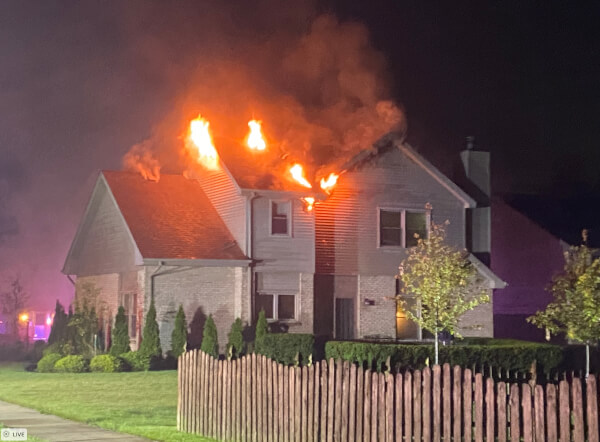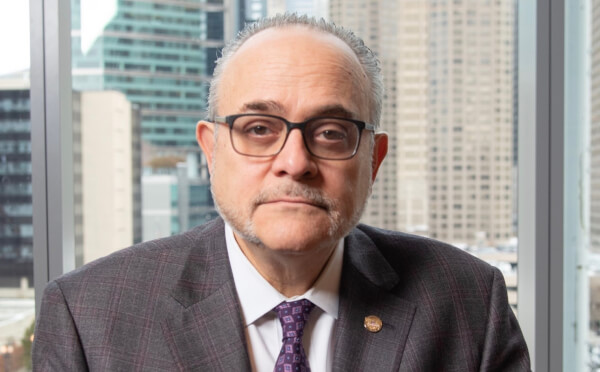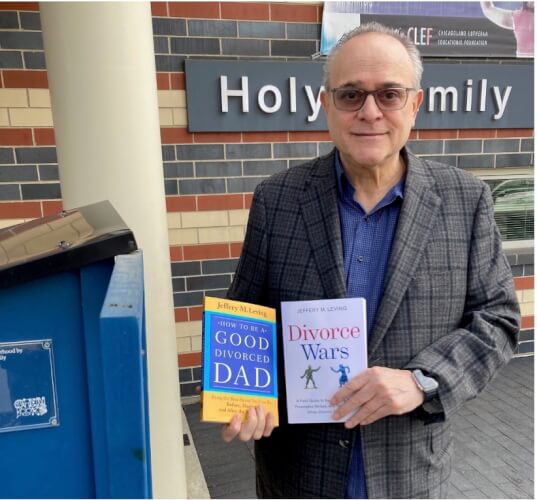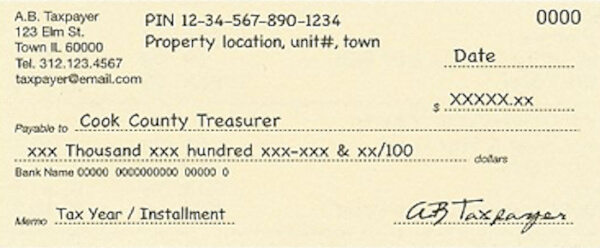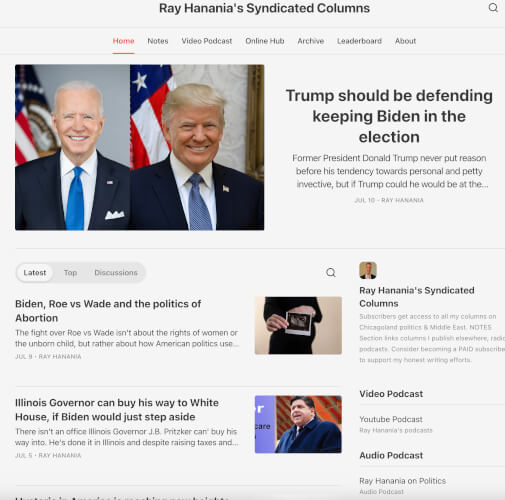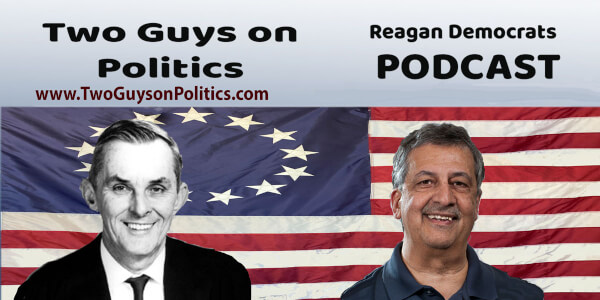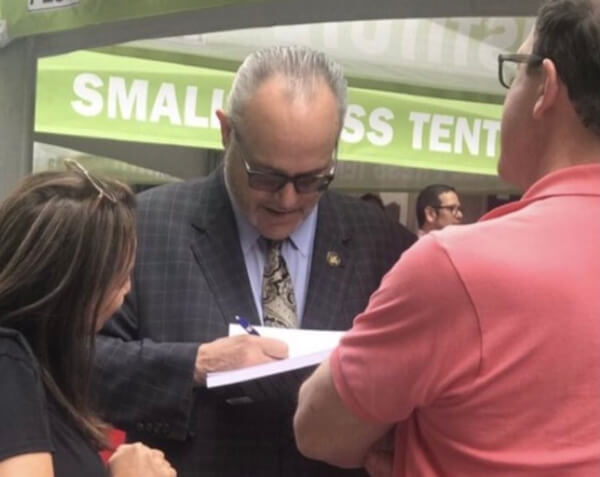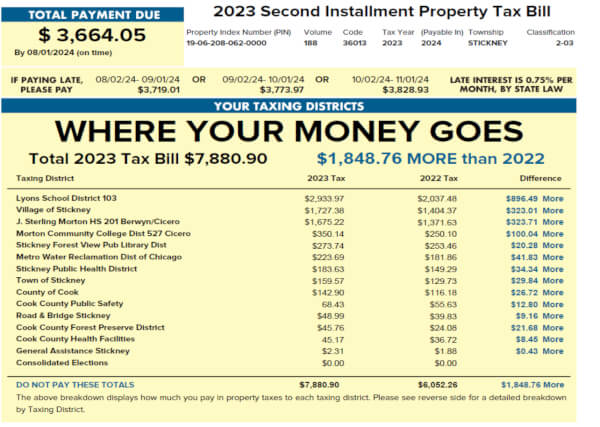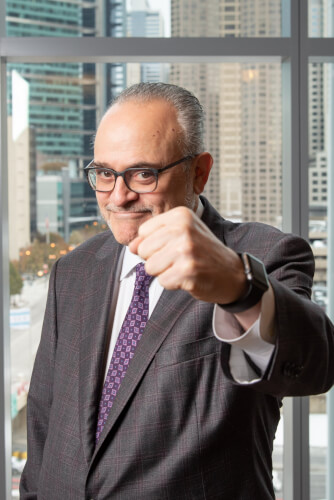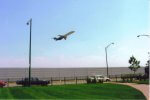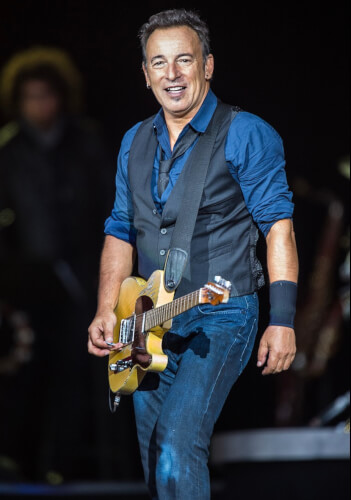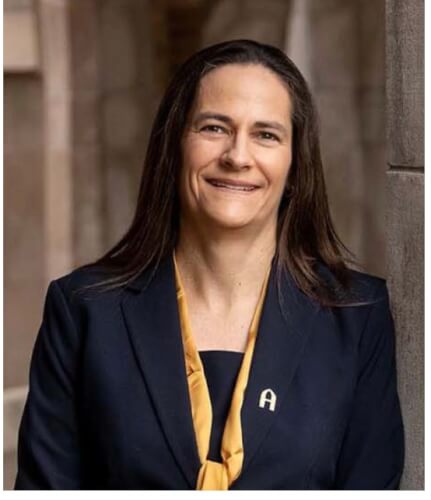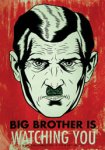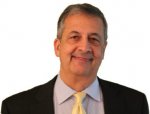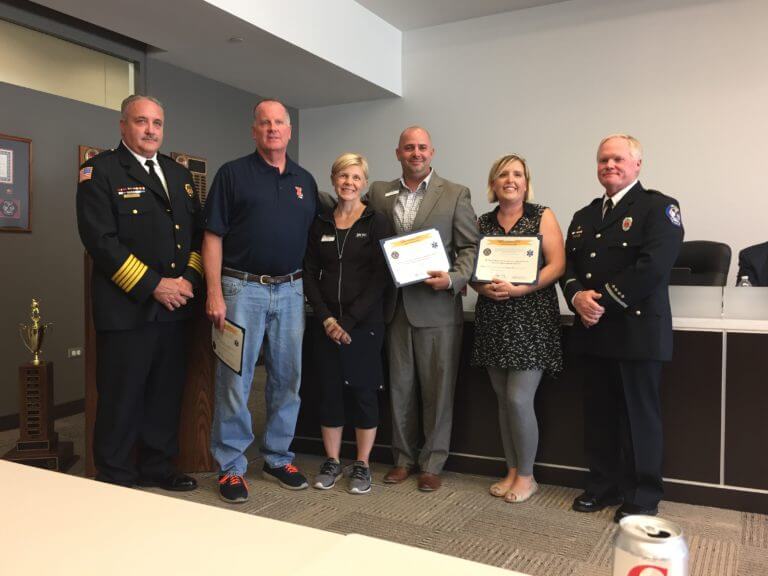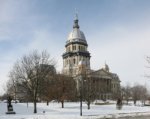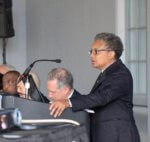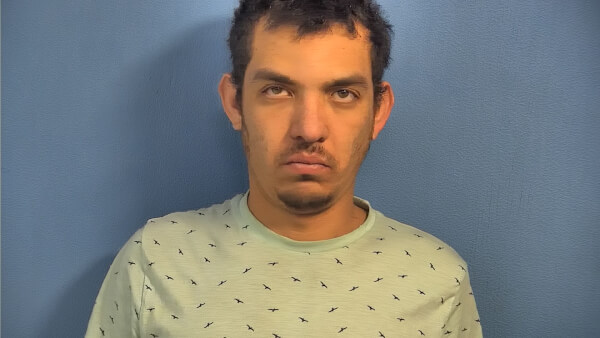Who are the Arabs of the Southwest Suburbs?
The recent personal attacks against a trustee in Palos Township has sparked a discussion about who are the Arabs of Chicagoland. I have spent most of my life studying and writing about the American Arab community, authoring dissertations and studies on them at Northern Illinois and the University of Illinois. I’ve also published the only book on their history, Arabs of Chicagoland (2005, Arcadia Publishing), and for 8 years after Sept. 11, 2001 conducted tours of “Arab Chicago” for the City of Chicago, until Mayor Rahm Emanuel eliminated most of the city’s cultural programing and activities for Arabs. I also speak about Arab American history at dozens of churches, libraries, VFW Posts, the Lions, Kiwanis and Rotary clubs, and also community groups.
By Ray Hanania
The recent spotlight that angry screaming activists have put on Palos Township Trustee Sharon Brannigan has raised a bigger question from readers about Arab Americans living in the Southwest Suburbs and Chicagoland.
Many of the people who write to me seem to have concerns about the Arab community, especially in watching them yell, scream and bully Brannigan in videos on social media of the board meetings. Rather than address issues, the small group of activists instead resort to name-calling and personal attacks against anyone who suggests they might be wrong, or who have defended Brannigan who issued three apologies in response to political comments she made about “Middle Easterners” in her discussions about immigration.
So I thought I would share what I know about Arab Americans.
I have spent most of my life studying and writing about the American Arab community, authoring dissertations and studies on them at Northern Illinois and the University of Illinois. I’ve also published the only book on their history, Arabs of Chicagoland (2005, Arcadia Publishing).
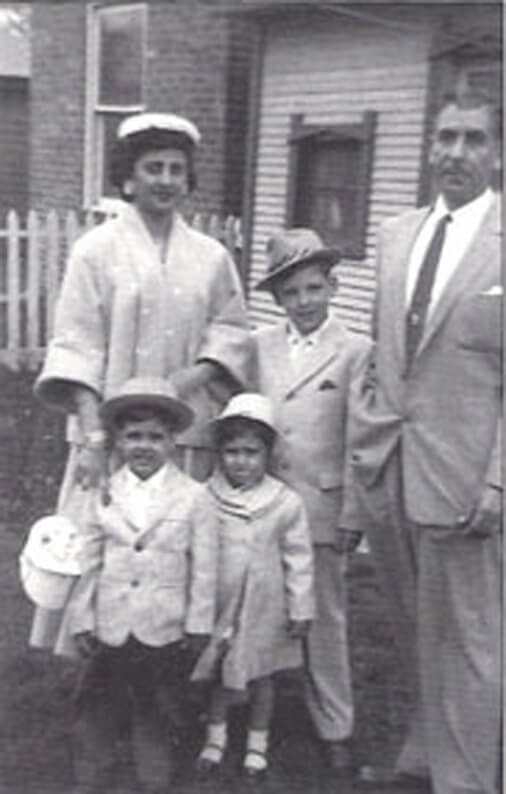
For eight years after Sept. 11, 2001, I conducted tours of “Arab Chicago” for the City of Chicago and under Mayor Richard M. Daley’s sponsorship. Daley’s successor Mayor Rahm Emanuel has since eliminated all of city’s cultural programing and activities for Arabs including closing the ArabFest, the Arab Advisory Commission and refusing to even sit down for interviews with Arab American newspapers.
I also speak about Arab American history at dozens of churches, synagogues, public libraries, colleges and universities, VFW Posts, clubs like the Lions, Kiwanis and Rotary, and also for many community and business groups.
Although in truth, the U.S. Census has intentionally excluded Arabs from their census data forcing researchers to find other data methods to build a better profile. (The Census is driven by politicians who know that groups can be marginalized if they are not counted. Additionally groups that are not identified in the Census do not qualify as easily for Federal grant support. The Census is debating whether to include a new category among the more than 22 categories of ethnic and racial groups called “Middle East and North Africa” (MENA), but that still dilute’s the recognition of “Arabs”).
So here are some facts from 40 years of studies and research.
Arabs are predominantly of two main religions, Christian and Muslim.
There are an estimated 4.5 million Arabs in America.
There are an estimated 7 million Muslims in America.
The majority of Muslims (78 percent) are non-Arab. The largest group of Muslims are African American followed by Asian Muslims.
The majority of Arabs in America (68 percent) are Christian, mainly Catholic (including Melkites, and Maronites), Orthodox (Greek and Antiochian) and Protestant (primarily Lutheran).
I was raised in an Orthodox family but because the closest Orthodox Church was located in Oak Park I was actually enrolled at Bethany Lutheran Church on Chicago’s Southeast Side as a child where I was confirmed Lutheran. I attend both services.
Despite their smaller numbers, Muslim Arabs are more easily identified. Especially since the animosity crated by the terrorist attacks of Sept. 11, 2001, many Muslim women have started to wear the “Hijab,” a head covering. Muslim and Christian Arabs require women to live by a code of “modesty.” But Muslims are more easily “seen” in society because of the increased wearing of the Hijab.
(The Hijab is not the same as a “berqa” which many consider to be an oppressive form of male control over Arab women including the complete covering of their body and hair and their faces, with the exception of their eyes. Some insist this is a proper form of dress. Many disagree. There is also a similar debate about the practice of “Honor Killing” which is a heinous act of murder committed in the Arab and Muslim Worlds against women accused of “shaming” their families through allegations of infidelity. In Honor Killings, the women are punished even when they are the victims of rape and sexual abuse, and families are protected by laws in several Arab countries like Jordan where criminal conviction is reduced to only serving several months in prison.)
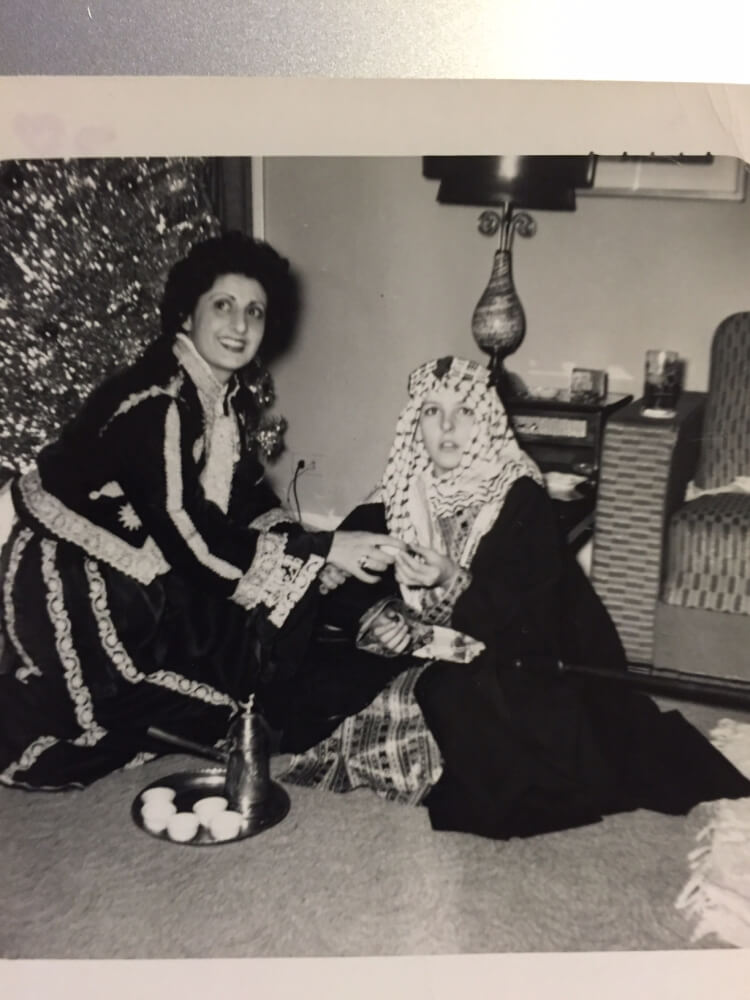
Arabs first settled in Chicago around the time of the World Columbian Exposition held in Chicago in 1893. At the time, the exposition had several Arab World displays funded by the Khedive of the Ottoman Empire, mainly from Tunisia and Algeria, and by Egypt.
The “Street in Cairo” was one of the biggest and most popular displays at the fair and a group of a dozen dancers who performed a “belly dance” or the “hootchie cootchie” dance were the main draw for fair-goers. (You can get more details on the Arab presence at the Fair from the crime book “Devil in the White City” by author Erik Larson.)
Most of the dancers were Christian and one of the most famous was an Armenia dancer from Arizona who was married to a Greek businessman — many Armenians found refuge in the Arab World during the 19th and 20th Centuries — was Fahreda Mazar, who went by the stage name “Little Egypt.”
The number of Arab immigrants to Chicago increased slightly at the turn of the 20th Century, mainly fueled by peddlers who were lured by the stories of the easy money made at the Exposition and descriptions that Chicago’s Streets were “paved with Gold.” The first Arab community in Chicago was located at 18th and Michigan Avenue.
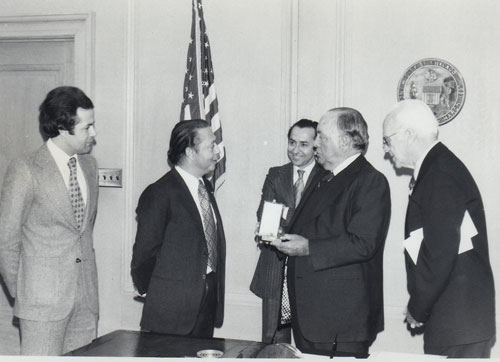
I personally interviewed many of the early settlers who came to Chicago in the 1920s. They included brothers Hassan, Ahmad, Mohammed and Abed Haleem, members of the Mansour family, my father George Hanania and his brother Moses, and several others including Jamal Kateeb whose recorded interview is still preserved on cassette tape. All are included in the Book “Arabs of Chicagoland.” I also interviewed Father John Naffah pastor of the Lebanese Maronite Catholics, for many years, and the Rev. Anastasios Emmert of the Orthodox Christian Church now in Cicero.
The population in Chicago continued to grow but experienced a surge in the 1970s and 1980s following the Israeli occupation of the West Bank. After the 1948 war, many Palestinian refugees fled to the West Bank, Lebanon, Syria and Egypt. After the 1967 war, many fled to the United States.
Today, Chicagoland has a population of about 250,000 Arabs. Most of the numbers come from careful and tedious analysis of registered voting records.
The largest group of Arabs are Palestinian, followed by Lebanese and Jordanians.
Most of the Palestinians come from two cities, Christian Ramallah and Muslim Beitunia, cities in the West Bank located a few miles north of Occupied Jerusalem.
There are two major Mosques (Muslim churches) in the Southwest Suburbs. The Bridgeview Mosque was one of the first mosques built in the Chicagoland area. It was founded in the 1950s and built in 1981. The second is The Orland Prayer Center in Orland Park, built in 2004.
Orland Park Mosque. Photo courtesy of Ray HananiaAs I mentioned, Muslims appear to be the majority because they are more easily identified by the dress of their women (wearing Hijabs and Berqas).
The largest group of Arabs are Christians. Christian Arabs more easily assimilate into American society attending local churches including the Orthodox Churches and the building of their own Arab Churches. There are several major Arab churches in Chicagoland which draws congregations who live throughout the Chicagoland area. They are St. George Antiochian Church in Cicero (originally located in Oak Park when I was young), Our Lady of Lebanon Church, originally in Hillside and now located in Lombard, St. Mary Orthodox Church (which opened in Alsip and then relocated to a larger and newer site in Palos Heights), and St. John the Baptist Melkite Church now in Hillside.
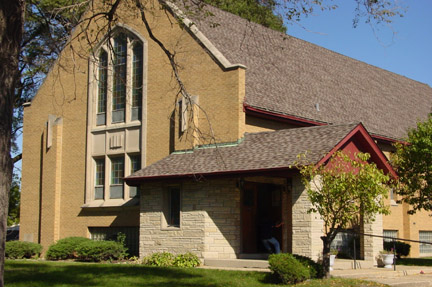
As an interesting side note, the word God is pronounced as “Allah” in Arabic not just by Muslims, but by Christians, too.
In the 1970s and 1980s, the Muslim and Christian Arab community were divided geographically with most Christians living on the Northside of Chicago and the northwest suburbs and most Muslims living in the Southwest suburbs. That changed in recent years and the majority of Arabs, Muslim and Christian, live in an area between 77th Street on the north and 191st Street on the South, between Kedzie on the east and Will/Cook Road on the west.
High School District 230 which includes three high schools — Andrew in Tinley Park, Sandburg in Orland Park and Stagg in Palos Heights — have the largest single concentration of Arab American residents, of both Christian and Muslim faiths.
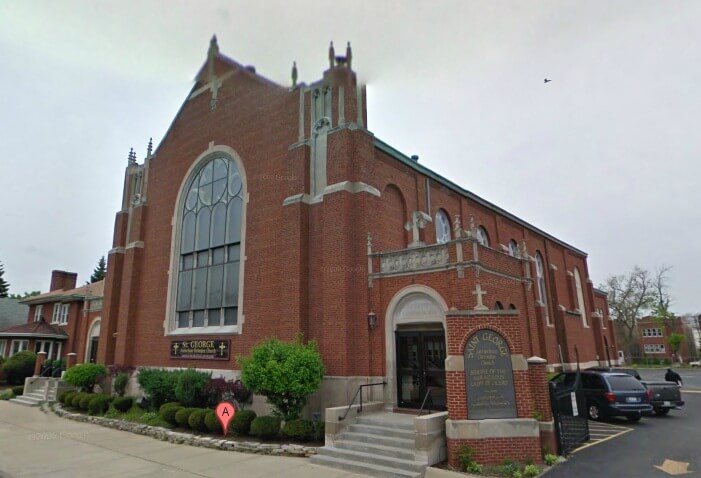
The 3rd Congressional District has the largest concentration of Arabs of all congressional districts outside of downstate Peoria, where there is a large Lebanese American population.
Of the 3rd Congressional District 397,518 registered voters, only 11,309 or 2.84 percent are of Arab origin, according to state voting records.
The district has only 4,040 registered Muslim voters, (Arab and non-Arab). The majority of the “Arab” origin voters, 7,269, are Christian.
Of course, again Arabs are excluded from the official U.S. Census so there is no way to overlap data to more clearly identify the population. But the voting population is a good indicator of the size of a population.
One of the most active organizations with the largest constituency base is an organization called the Arab American Democratic Club which easily draws more than 500 people to their political candidate forums and banquets. It’s not just Democratic politically, but it is also run “democratically” with elections and community participation.
Many of the other Arab organizations outside of the church and mosque groups are small and do not have strong community bases. They are run by individuals whoa re self-appointed to positions and often hold those positions for life.
One of the problems in a community that is targeted by extremism racism and bigotry, and that is excluded by elected officials like Mayor Rahm Emanuel in Chicago, is that the majority of Arabs, who are moderate remain quiet and on the sidelines trying to seek cover from the bigotry and racism. Many of the activists, although not all, are focused on Middle East political issues. Many Arabs live in the United States physically, but mentally they live “back home.”
It creates a challenge.
In a way, Mayor Rahm Emanuel is partly responsible for the rise in extremism in the Arab community. By silencing the mainstream community, Mayor Emanuel is handing leadership over to the small handful of troublemakers who use bullying tactics to dominate, control and “represent” Arab voices.
But there are other problems that empower extremism and force moderates into silence. The absence of support agencies for the mainstream Arab community, and the challenges that suppress Arab American voices are examples of challenges. There are only three newspapers in the Arab community, two small ones, Hyatt and al-Watan, and the largest newspaper, The Future News published by Mansour Tadros. There are no radio stations, no TV stations, and an absence of Arabs in the mainstream news media who openly address Arab American issues. There are also very few Arabs in local government.
The fighting in Palos Township reflects this history and these challenges. It’s the reason why the activists rejected Brannigan’s three separate apologies that she issued and why she continues to come under attack. Moderate Arab voices prefer to avoid engaging the extremists in our community. And even many moderates are drawn to the activist because they have no place else to go.
In a suppressed community, the profile of that community isn’t defined by the majority but is instead defined by the people who yell the loudest, and by small groups who can chant, protest and scream. It’s a problem that moderates in the Arab community have difficulty addressing.
Without encouragement of support, moderate Arab voices remain below the radar screen, assimilating into everyday society and avoiding engagement with the extremists.
(Ray Hanania is an award-winning columnist, author and writer. He published Chicago’s first Arab American newspaper in 1975 after serving in the U.S. Air Force during the Vietnam War. He later covered Chicago City Hall as a journalist from 1976 until 1992 and has provided political and media consulting to more than 75 elected officials, candidates, politicians and government agencies. He can be reached by email at rghanania@gmail.com.)
For more information about the history of Arabs in Chicagoland visit:
Videos of Arabs in Chicagoland
King Tut’s first visit to Chicago 1977
Arabs on the Titanic: the forgotten victims
First Arab Church opens in Southwest Suburbs
